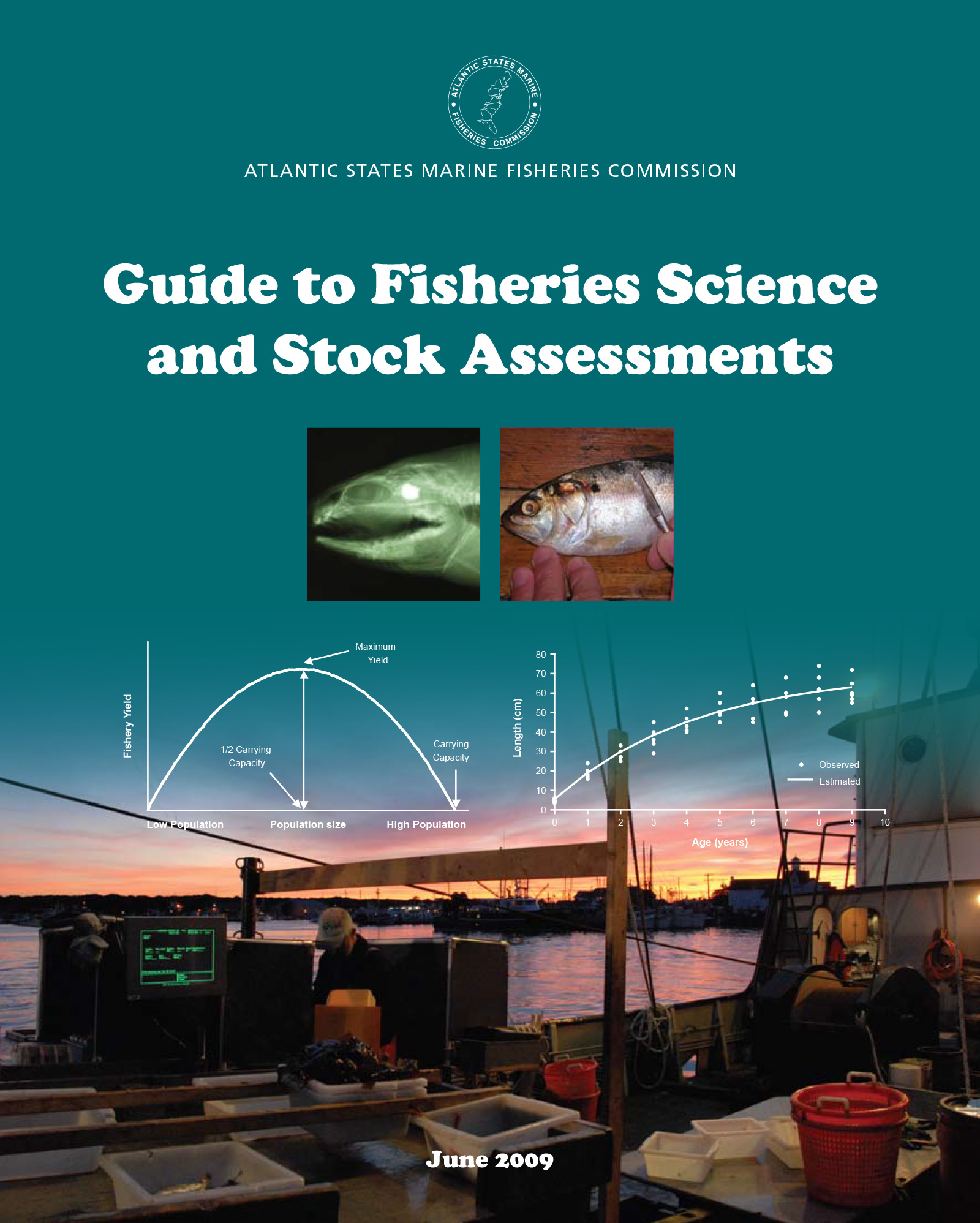In April 2010, the Section took emergency action to close the northern shrimp fishery on May 5, 2010. The decision to close the fishery prior to the season end of May 29th was based on preliminary landings data that indicated that harvest was already at or above 4,957 metric tons, 57 metric tons in excess of the upper end of the Technical Committee recommended landings range.
Fisheries Science
Sustainable fisheries management depends on sound, timely scientific advice. The Fisheries Science Program delivers this through a rigorous, peer-reviewed stock assessment process, utilizing a mix of fishery-independent surveys and fishery-dependent monitoring, complemented by research from coastal state, federal, and academic institutions. The program also focuses on developing innovative scientific methods and enhancing state stock assessment capabilities, while coordinating and expanding collaborative research and data collection efforts.
-
-
We present a framework for the adaptive management of horseshoe crab harvest in the Delaware Bay constrained by Red knot conservation. The framework has been developed in conjunction and in communication with the Horseshoe Crab and Shorebird Technical Committees.
-
This is the third assessment of the coastwide horseshoe crab stock.
-
The Terms of Reference and Advisory Report provides summary information concerning the results of the external peer review to evaluate the accuracy of data and assessment methods. Details of the assessment are documented in a supplemental report entitled ‘Horseshoe Crab Stock Assessment Report for Peer Review’.
-
Combined Canada and USA herring landings increased from 106,000 mt in 2005 to 116,000 mt in 2006, then declined to 90,000 mt in 2008.
-
Gulf of Maine-Georges Bank herring stock complex
-
Relative to the biological reference points proposed by the working group in the 2005 SARC, the bluefish stock is not overfished and overfishing is not occurring. This conclusion is based on a 2008 biomass estimate of 163,727 MT and F=0.12 from the ASAP model results.
-
The purpose of this document is to explain the fisheries biology and stock status parts of the equation. It is intended for fishermen and other stakeholders interested in fisheries management issues, and serves as a primer for the technical basis of the Atlantic States Marine Fisheries Commission’s decision-making process.
-
The Terms of Reference and Advisory Report provides summary information concerning the American Lobster Stock Assessment and results of the external peer review to evaluate the accuracy of data and assessment methods.
Get Hooked on ASMFC News
Dive into the latest updates and catch all the important news by joining our newsletter mailing list. Stay in the loop with meeting agendas, fisheries management news, and more.
